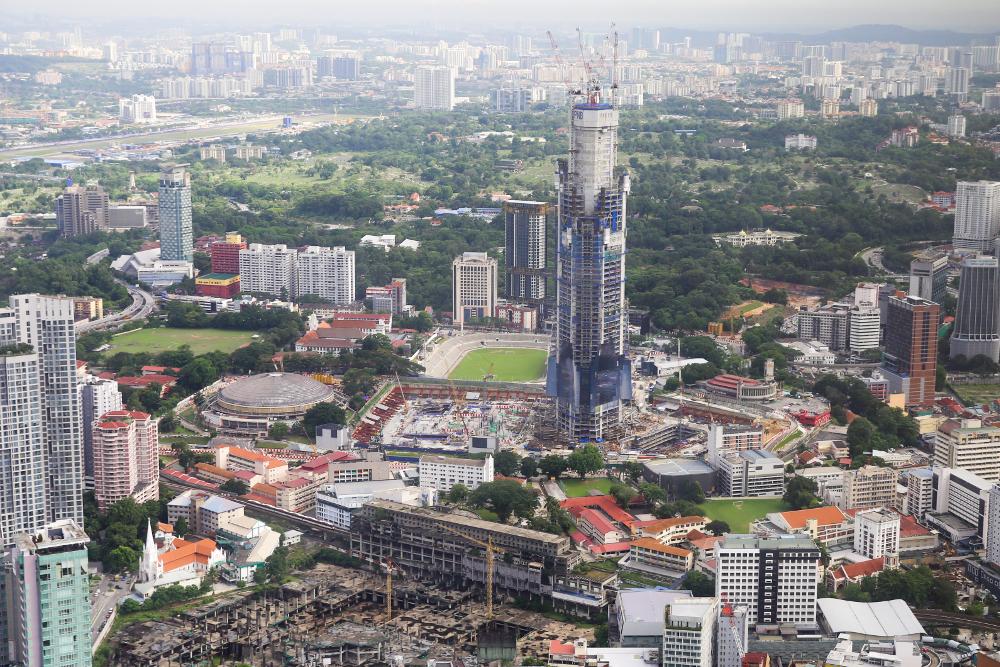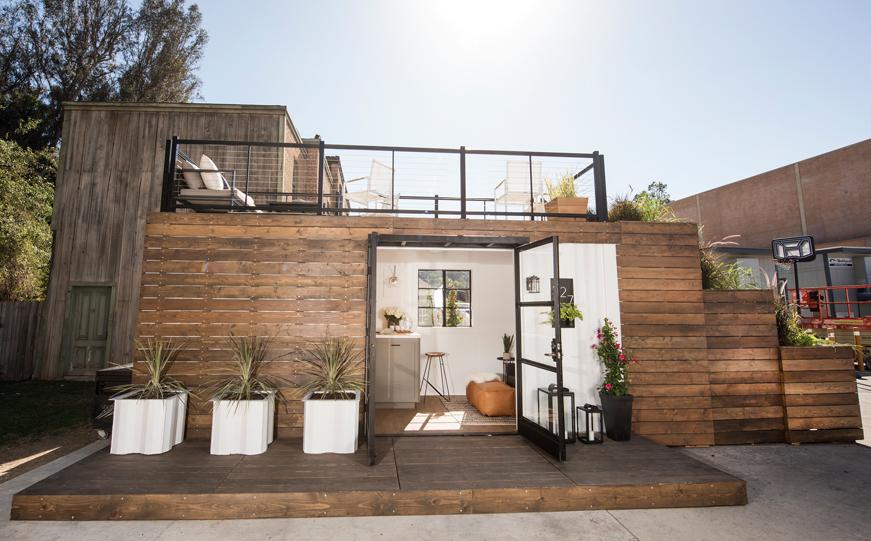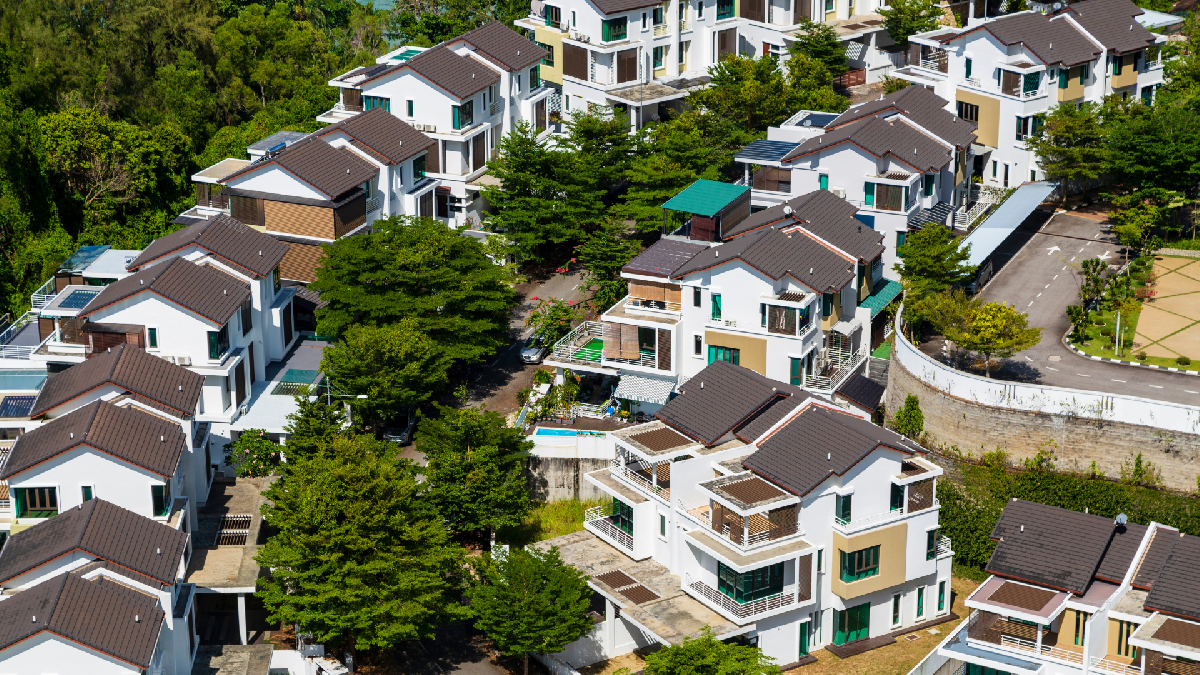Despite the resumption of market activity under the recovery movement control order and the proposed measures under the National Economic Recovery Plan (Penjana), the property market remains soft this year.
The pace of improvement will be dependent on both domestic and external factors such as political stability, global oil and commodity prices, as well as further developments related to the Covid-19 pandemic.
According to the National Property Information Centre (NAPIC), the property market’s performance recorded a sharp decline in the first half (1H) of 2020, in consonance with the Malaysian economic performance, which contracted by 17.1 per cent in the second quarter (Q2) of 2020. (Q1 2020 was at 0.7 per cent).
However, Malaysia's Gross Domestic Product in Q3 2020 decreased at a slower pace of 2.7 per cent from the double-digit decline of 17.1 per cent in the Q2 2020.
Initiatives Taken to Stimulate the Market
To encourage homeownership, the government has reintroduced the Home Ownership Campaign (HOC) under Penjana, which will attract more first-time buyers into the market in the 2H 2020, said market players.
The lower payments and no stamp duty costs make it easy for buyers to get into the property market and alleviate the current oversupply of unsold properties in the market.
Besides, Bank Negara Malaysia's decision to maintain the overnight policy rate at 1.75 per cent in September as global economy continued to improve, coupled with strong policy support, is also an attraction for house seekers, as a low interest rate would give a head start in interest rate savings.
Backed by these efforts, the Real Estate and Housing Developers’ Association Malaysia is cautiously optimistic about the outlook for the property sector, and hopes for a better improvement in the 1H 2021, provided there is no new community transmissions of Covid-19 in the country.
Affordable Housing Main Driving Force
According to NAPIC director Aina Edayu Ahmad, half of the new launches in 1H 2020 comprised houses priced at RM300,000 and below (6,657 units), while the RM300,001-RM500,000 range of houses accounted for 28.9 per cent (4,476 units) and houses priced over RM500,000 accounted for 21.1 per cent (2,161 units).
“So, we see that the market has done its own correction. In the past years, we have seen more new launches in the higher range but now we are seeing more new launches in the range of RM300,000 and below,” she said during the 13th Malaysian Property Summit in October.
In terms of pricing, she said properties priced RM300,000 and below in the residential segment are still capturing most of the market demand, which is why property developers should focus on having more affordable houses in this price range.
Proposed Remedy for Unsold Properties in 2021
On a different note, to resolve the issue of unsold completed residential units and ensure a more organised property development in the country, the Housing and Local Government Ministry is developing the Housing Integrated Data System, which is expected to be ready next year.
Minister Zuraida Kamaruddin has also said that the ministry has proposed a “vacancy tax” to be introduced and imposed next year, to developers who fail to clear their outstanding residential stock.
She said based NAPIC's record, a total of 31,661 houses worth RM20.03 billion were unsold in the first quarter of this year compared with 30,664 units amounting to RM18.82 billion in 2H 2019. ― Bernama

.jpeg)







.jpg)
.jpg)

.jpeg)

